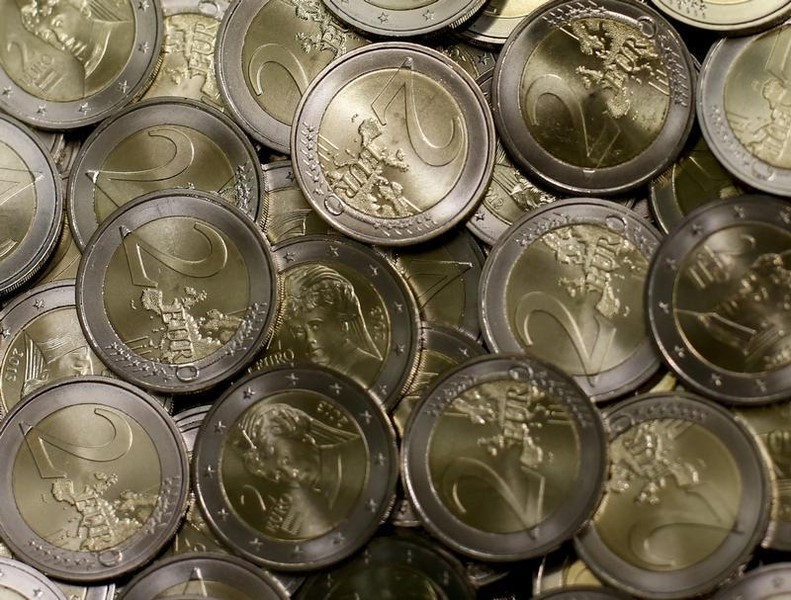Nvidia and TSMC to unveil first domestic wafer for Blackwell chips, Axios reports
Investing.com -- UBS has projected that the Polish zloty will strengthen against the U.S. dollar, attributing the potential gains to the euro’s recent sharp rise, which has been influenced by Germany’s planned increase in defense and infrastructure spending as well as U.S. tariff announcements.
The firm updated its forecasts for the EUR/USD and EUR/PLN currency pairs, adjusting its end-of-quarter USD/PLN predictions to 3.73, 3.66, 3.66, and 3.58 for the periods from the second quarter of 2025 through the first quarter of 2026. These updated figures reflect a change from the previous forecasts of 3.82, 3.75, 3.73, and 3.65, respectively.
Policy uncertainty has contributed to increased volatility in currency markets, with news regarding tariffs and trade deals affecting both the U.S. dollar’s value and global economic activity. While these factors could lead to moments of strength for the U.S. dollar, UBS also suggests that they may cause the currency to weaken more rapidly than anticipated. In Poland, the National Bank of Poland’s recent dovish shift and the upcoming presidential election are expected to impact the zloty’s performance.
In early April, the zloty faced challenges from both the National Bank of Poland’s dovish pivot and the US tariff announcements. UBS has consequently moderated its optimism regarding the zloty’s appreciation, revising its quarter-end EUR/PLN forecasts to 4.25 through the first quarter of 2026, a slight increase from the previous projections of 4.20, 4.20, 4.18, and 4.16.
Although yield differentials to the euro may not be as favorable and the growth outlook has become less certain, UBS still anticipates that Poland will continue to exhibit strong growth in Europe and that the zloty will benefit from German fiscal spending.
The zloty’s future, however, is not without risks. Major global economic disruptions caused by tariff uncertainty and sustained high tariff rates pose significant threats to the Polish currency. Additionally, the domestic factors such as the direction of Polish monetary policy, the result of the presidential election, and the ongoing conflict in Ukraine present both potential upside and downside risks for the zloty’s valuation against other currencies.
This article was generated with the support of AI and reviewed by an editor. For more information see our T&C.
